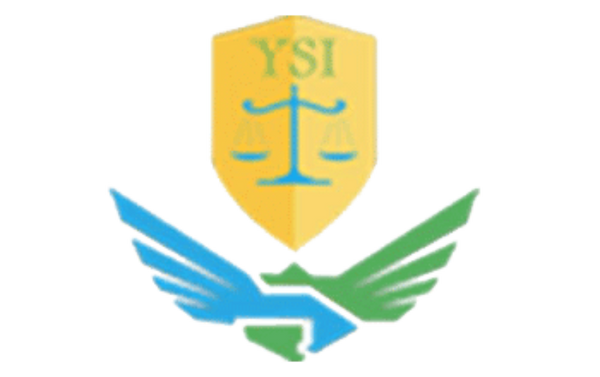
6 key steps to follow during container loading supervision
Ensuring safe transportation: Why do importers need container loading supervision?
In order to avoid unknown problems when loading goods into 40' or 20' containers or transporting them in less than container load (LCL), buyers usually choose container loading supervision (CLS) . This is an effective solution for importers to ensure that the loading process meets the contract requirements and the packaging complies with the provisions of the purchase contract.
This precaution ensures that the loading process complies with the requirements of the purchase contract and guarantees that all goods are properly protected during transportation.
Container loading supervision It is a comprehensive inspection conducted by a qualified third-party inspection company, usually carried out at the factory or logistics warehouse, to ensure that the packaging is stable, the goods are consistent with the order, and best practices are followed during loading.
When is container loading supervision required?
Some importers will perform a loading inspection on each container. This is a sensible approach for companies dealing with high-value goods or exporting to areas with strict regulatory requirements. However, the decision to conduct an inspection can also be based on the value of the goods or previous shipping records.
A loading check is necessary in the following cases:
- Strict adherence to loading plans or requirements is required (for example, shipping marks on cartons must face a certain direction).
- Buyers consolidate products from different factories into full containers (or suppliers are trading companies) and need to confirm that the quantities of products provided by each factory are correct. For example, sofas, tables, cabinets, chairs, lamps, etc. may come from different factories.
- Buyers have no trust in their suppliers and are worried that they will ship the wrong goods.
- The outer packaging is the retail packaging, so you need to make sure the cartons are properly stacked in the container and not damaged.
What should be prepared before container loading supervision?
Since loading inspection is usually carried out at the factory or logistics warehouse, when you book this service with a third-party inspection company, please make sure that:
- The quantity of goods is fully packed and ready to go.
- The goods have been stored in one place.
- Ensure that loading is done inside the factory or logistics warehouse.
- Provide a clear packing list .
- If the goods come from different factories, make sure the supplier has brought all the goods together at one location.
6 key steps in container loading supervision
1. On-site inspection of product quantity and types
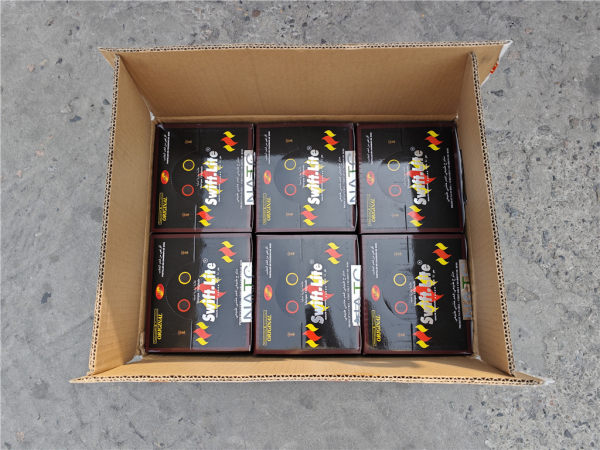
Inspectors usually arrive at the loading site 1-3 hours in advance and count the quantity of goods according to the packing list provided by the customer to ensure that the number of cartons of each type of goods is consistent with the bill of lading and packing list.
In addition, the inspector will randomly select some cartons, open them and check whether the contents and packaging meet the customer's requirements. This step is very important to ensure that the correct goods are packed into the cartons. However, due to time constraints, the inspector can only randomly check part of the goods, so if you need to understand the quality level of the entire goods, it is recommended to arrange a pre-shipment inspection (PSI) after the goods are produced.
2. Check the condition of export cartons, pallets and other packaging materials
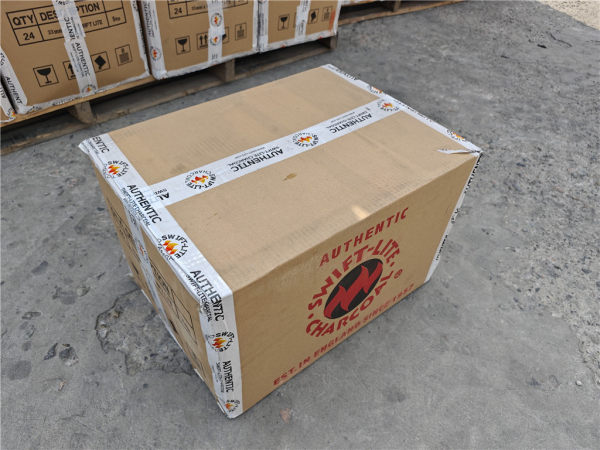
Inspectors check that export cartons are dry, undamaged, suitable for carrying the goods, and strong enough to protect the products inside.
Due to wet weather or high humidity in the warehouse, cartons may become damp and soft, or deformed and poorly sealed due to squeezing. These problems may lead to customer complaints and must be resolved before loading.
For some fragile or heavily filled products, additional packaging materials may be required, such as pallets, plastic straps, etc. , especially pallets, because some factories may use pallets that are not strong enough to save costs.
At the same time, the inspector will check whether the solid wood pallet has the fumigation mark.
3. Check the shipping label
Ensure that labels, tags, printed logos, barcodes and other information on products, packaging materials and outer boxes are consistent with customer requirements.
4. Check the container condition
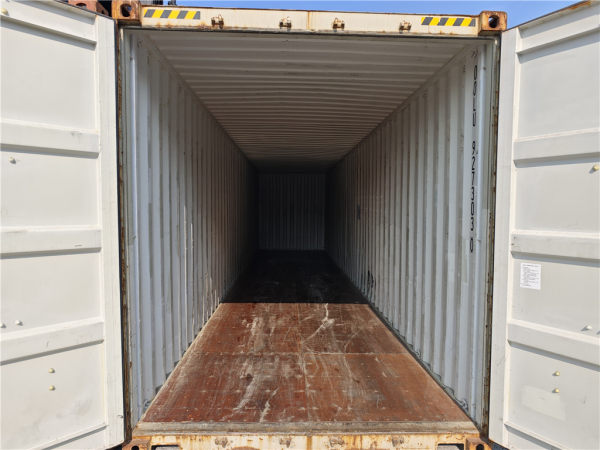
The inspector will carefully check the condition of the container to ensure that:
- The container is dry and in good condition with no stains, odors, major dents or holes.
- Any issues affecting the quality of the cargo should be reported immediately and a replacement container requested if possible.
ISO Container Inspection Checklist
Preparation: Make sure the container is empty. It is not possible to effectively inspect containers that still have goods.
External inspection:
- Check whether the door closes properly and whether there are any defects.
- Check the front, top, and back of the container for damage.
Internal inspection:
- Check the floor to make sure it is dry, clean, and free of leaks.
- Check the top, sides, and front for damage.
5. Supervise the loading process
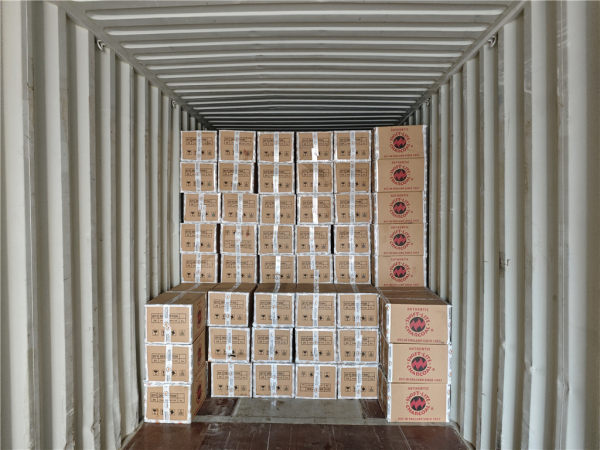
Inspectors monitor the entire loading process to ensure that the loading plan is followed correctly and all cartons are loaded into the container.
Inspectors need to ensure that workers stack cartons neatly to avoid damage during loading. If damage is found, workers must repair it on the spot .
6. Check the sealing
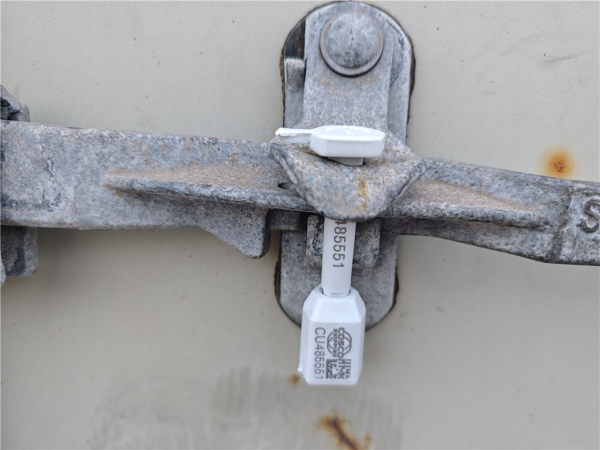
The inspector will confirm that the container is properly sealed before shipping . This is especially important for exporters on FOB or EXW trade terms , as a sealed container clarifies the carrier's responsibility.
Share this product

6 key steps to follow during container loading supervision
In order to avoid unknown problems when loading goods into 40' or 20' containers or transporting them in less than container load (LCL), buyers usually choose container loading supervision (CLS). This is an effective solution for importers to ensure that the loading process meets the contract requirements and the packaging complies with the provisions of the purchase contract.
